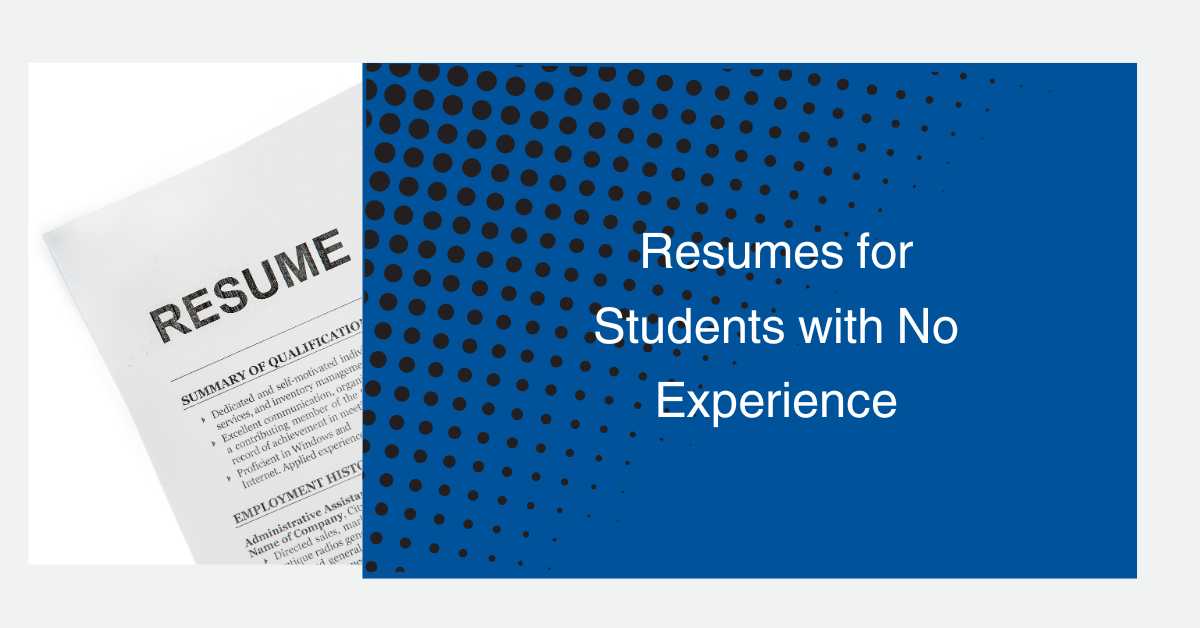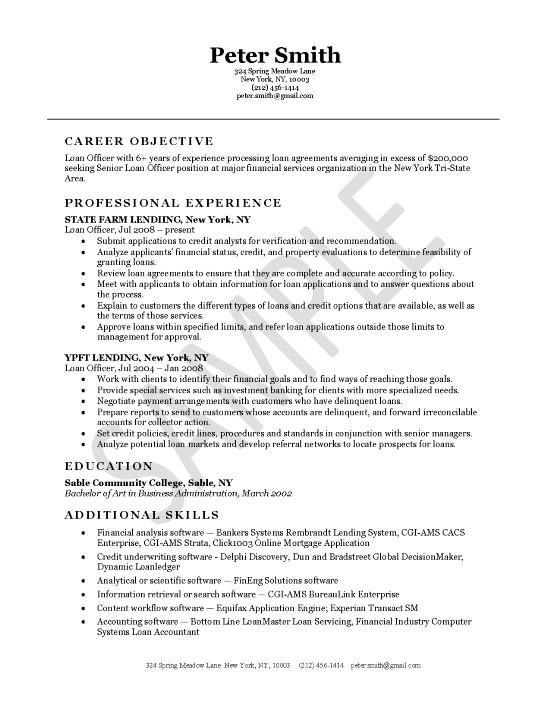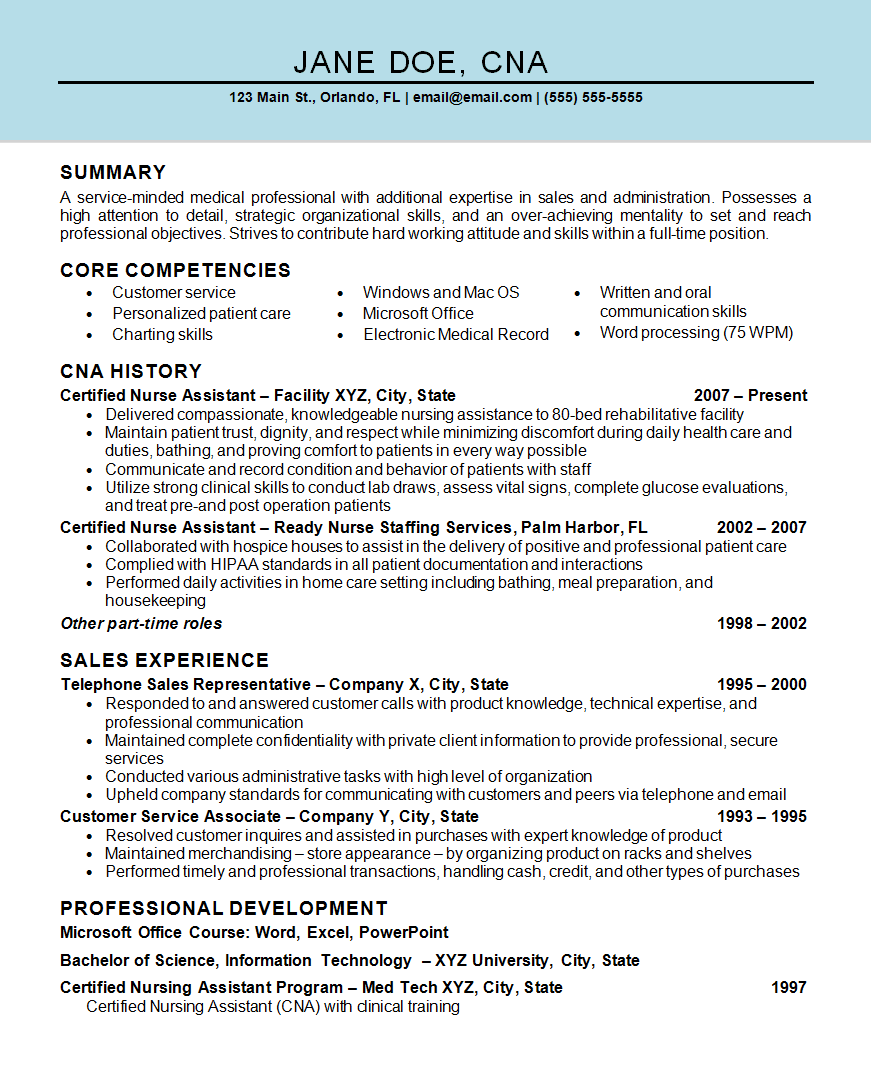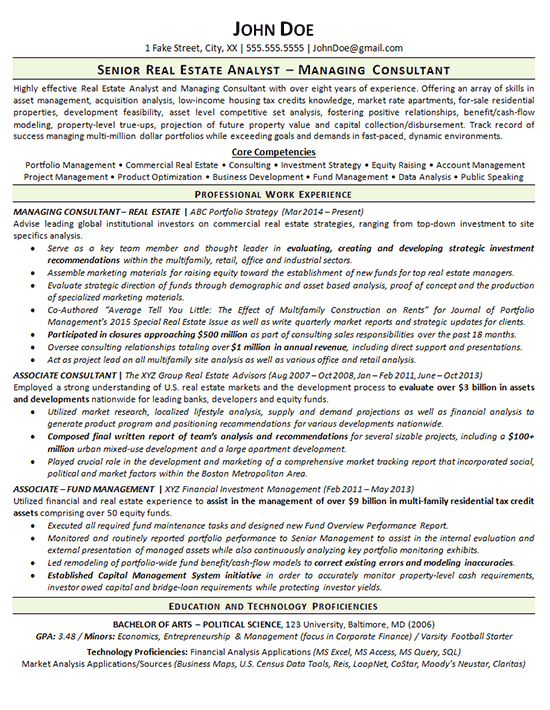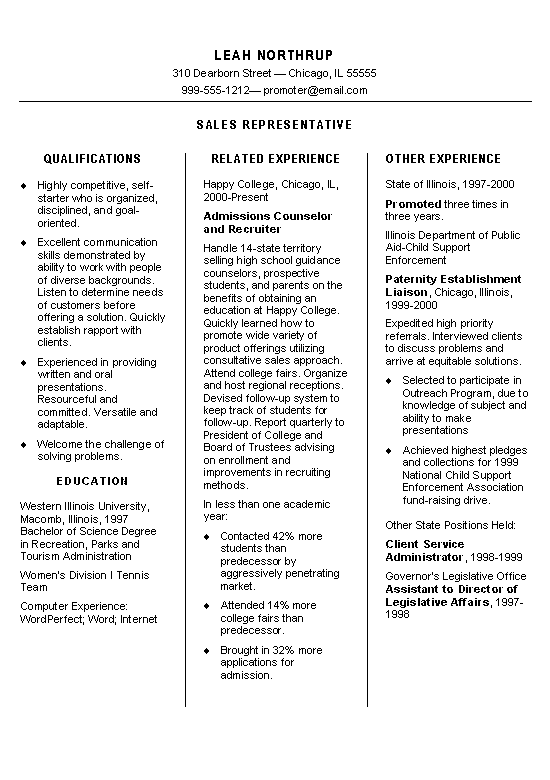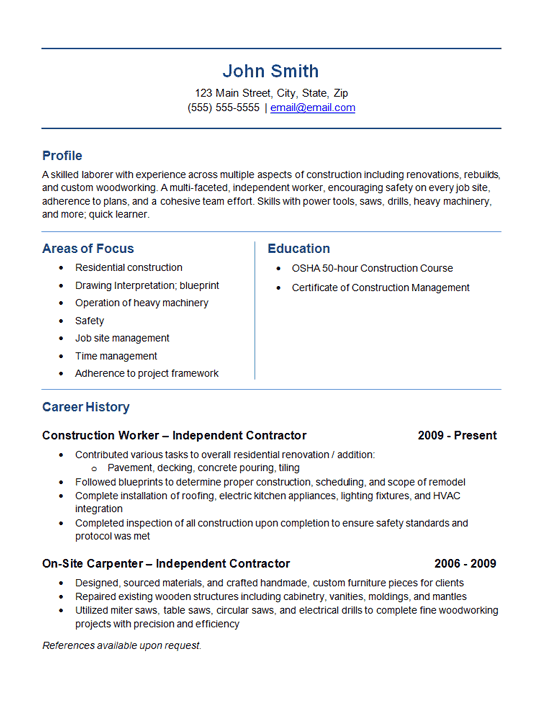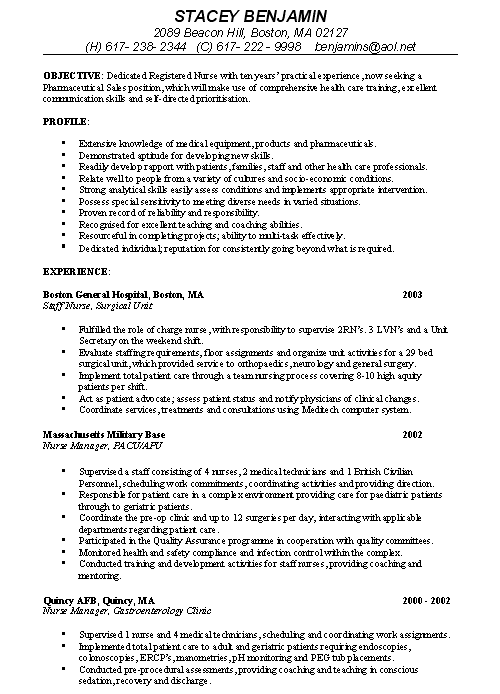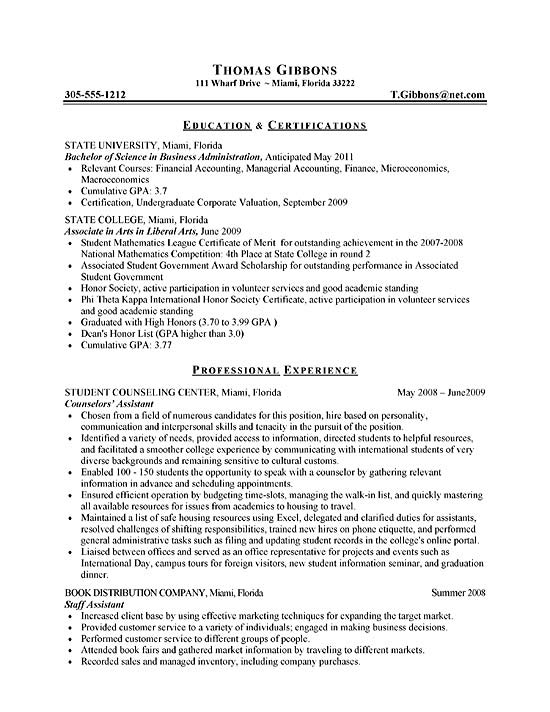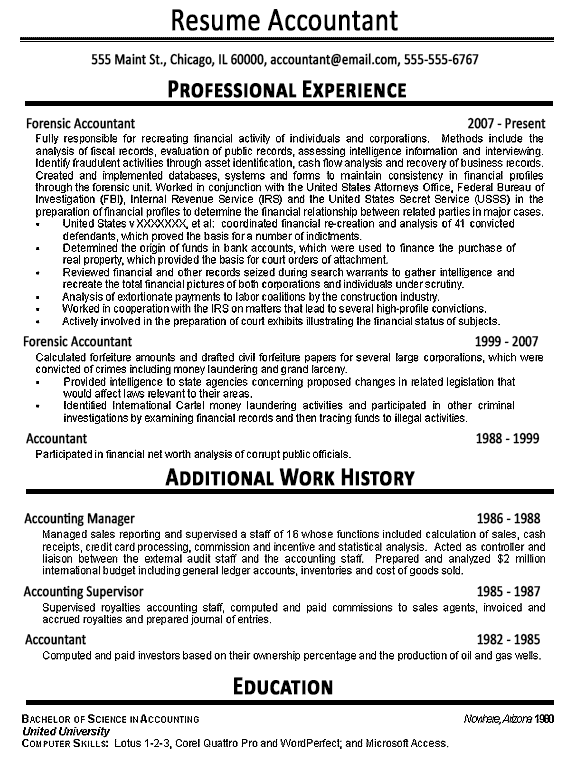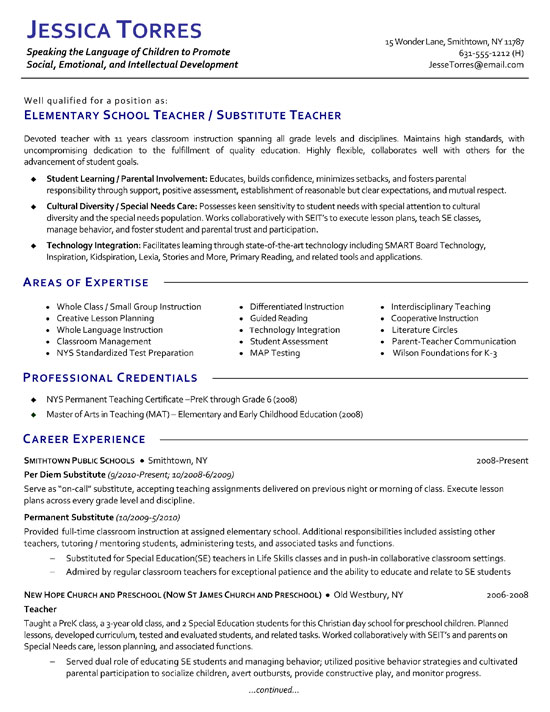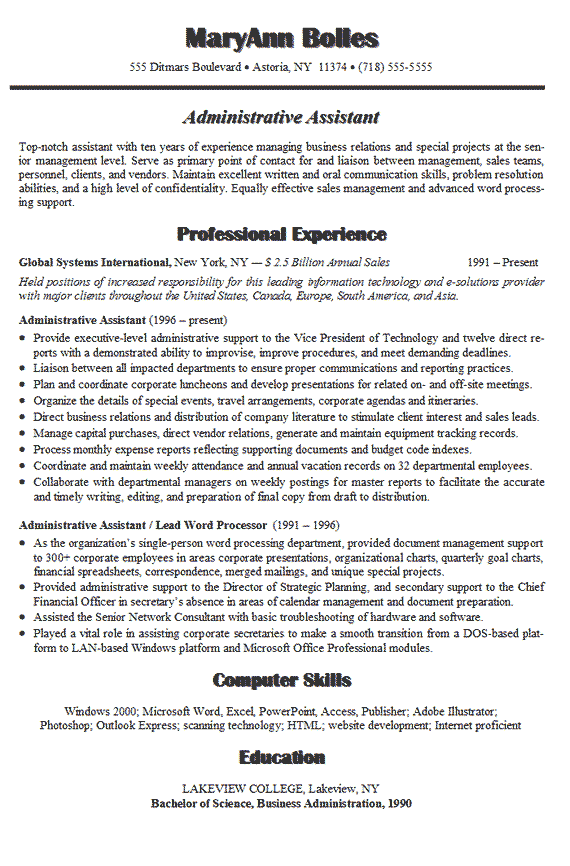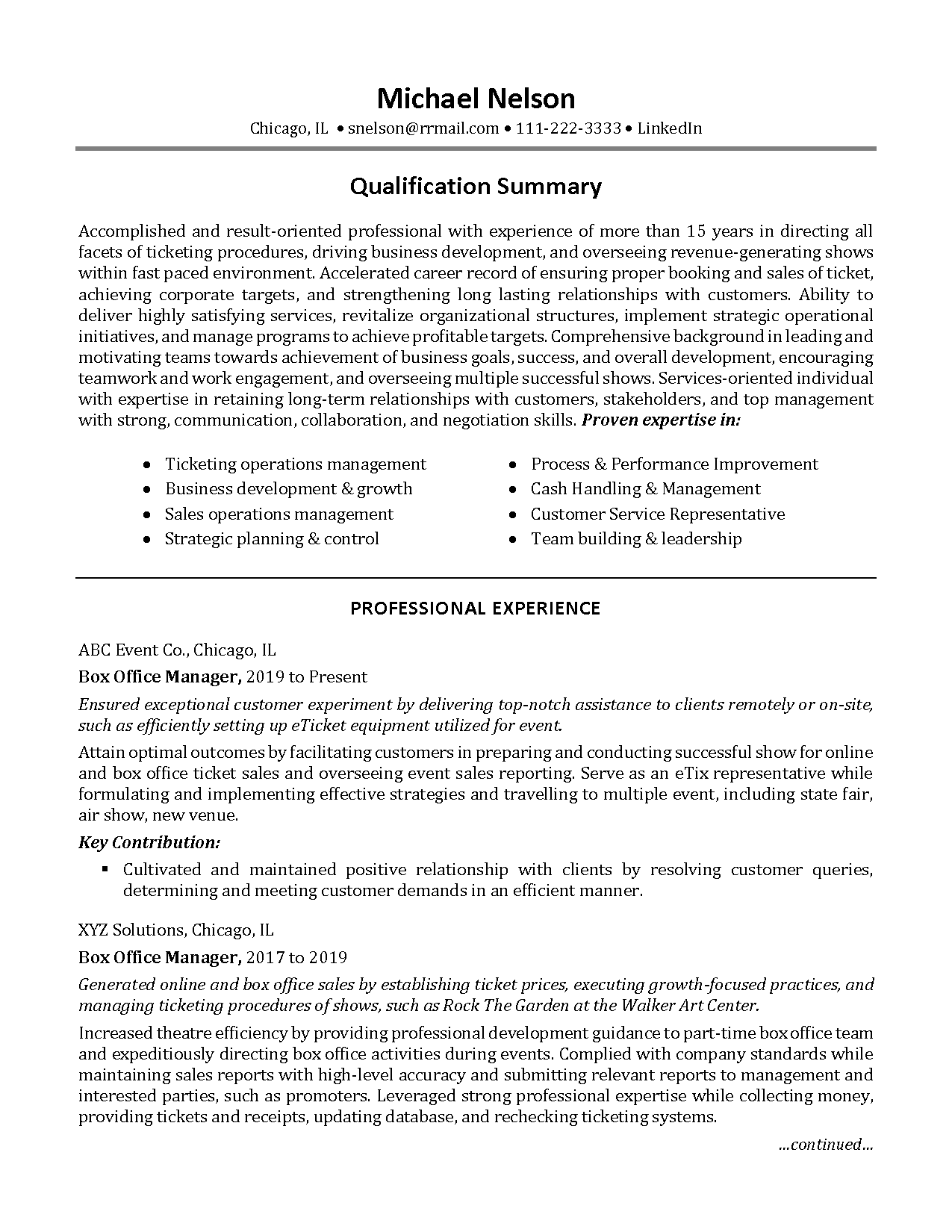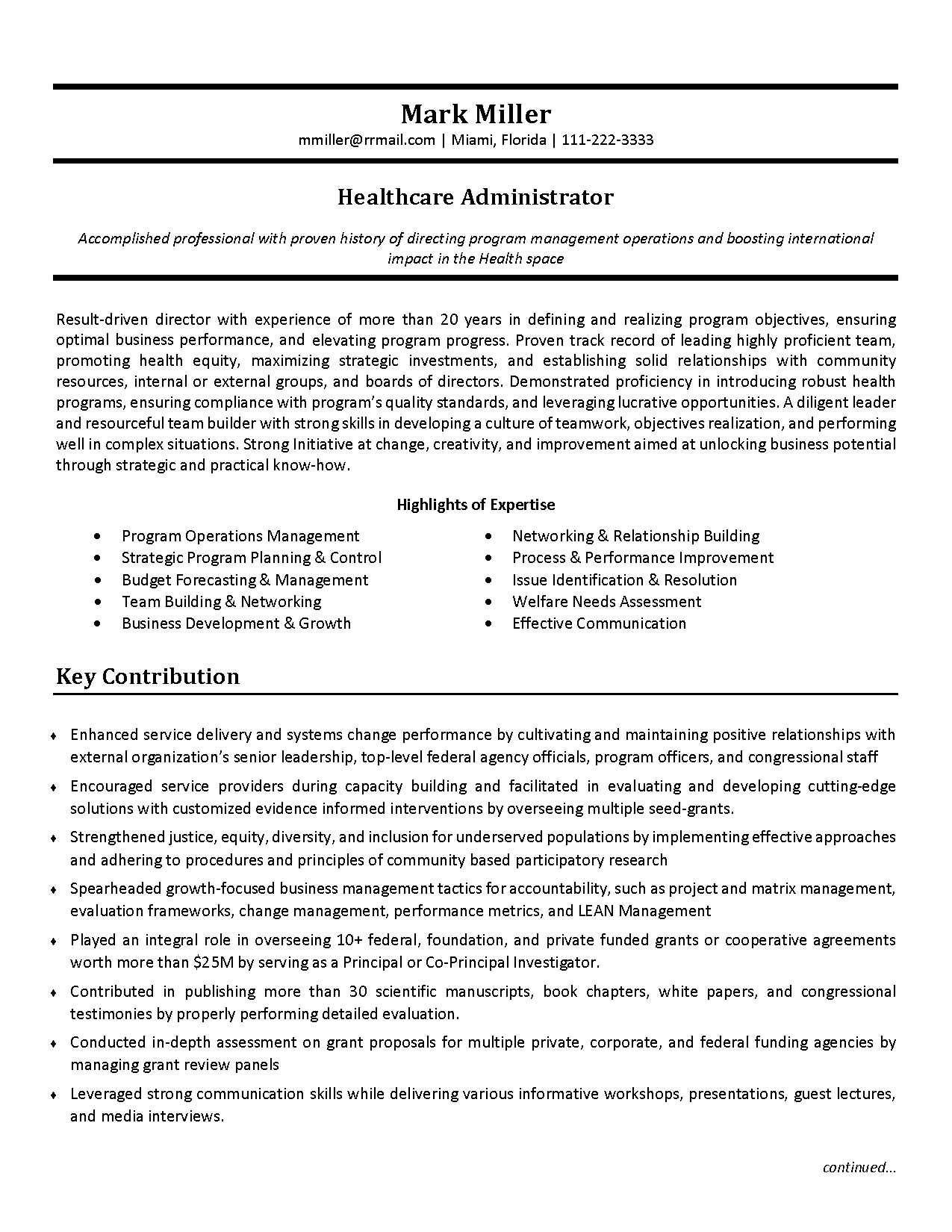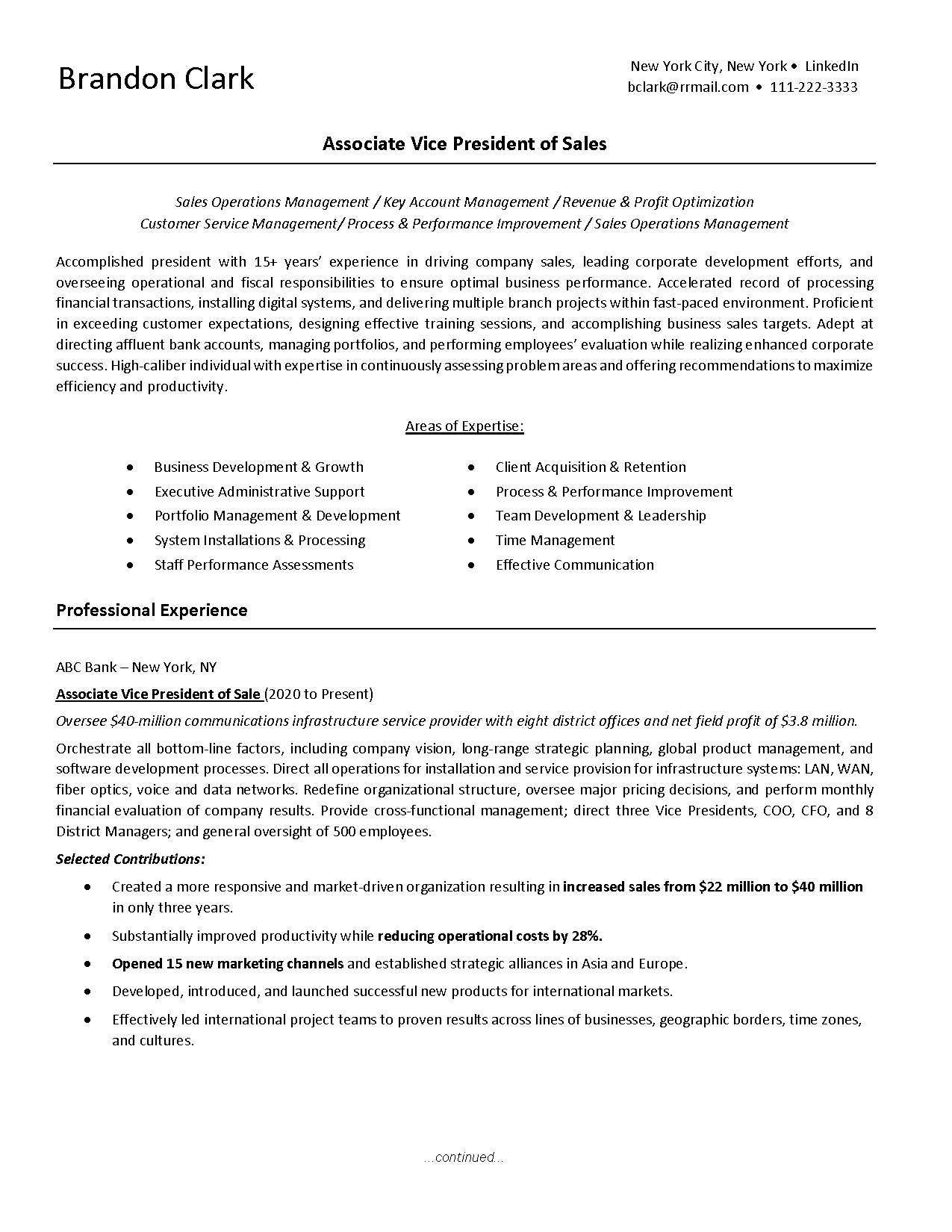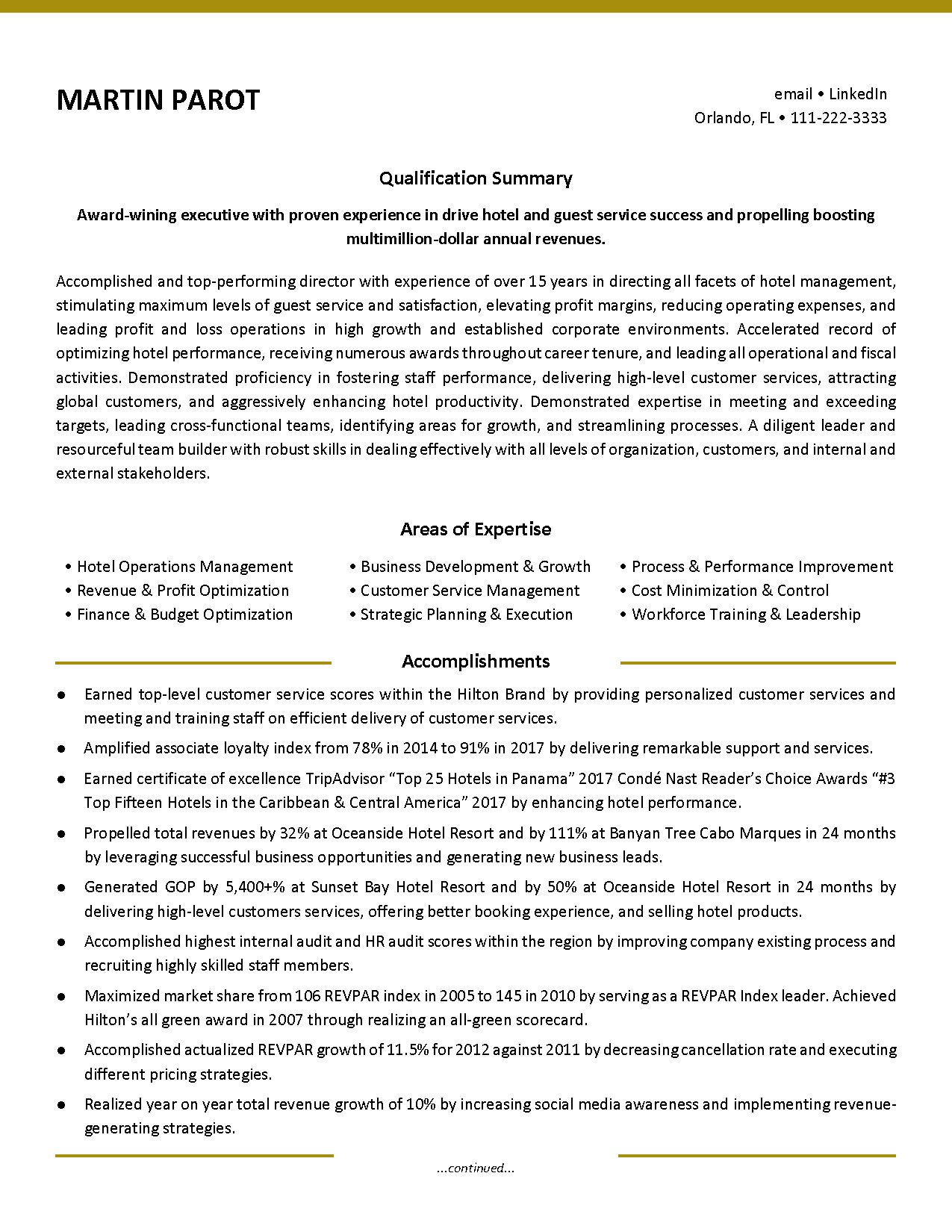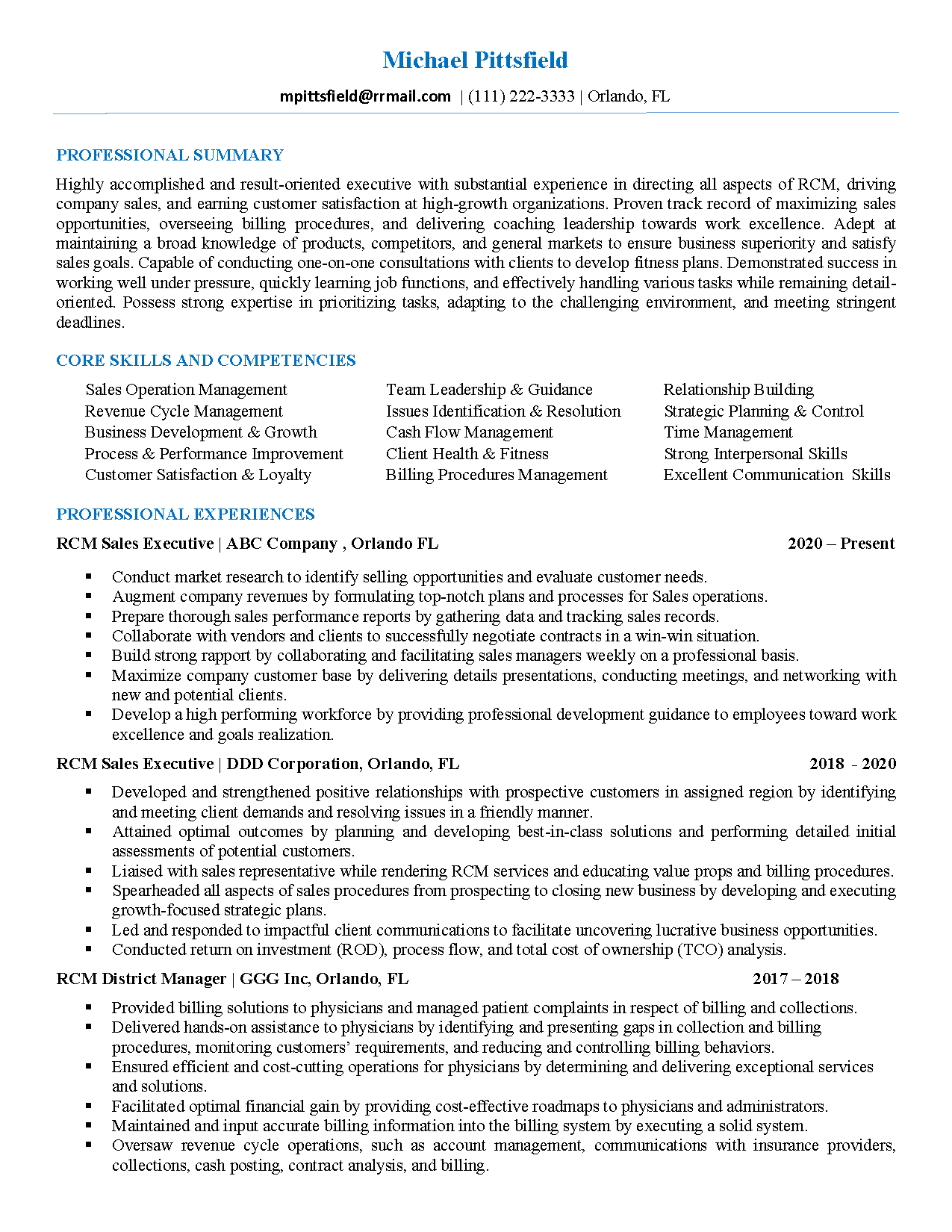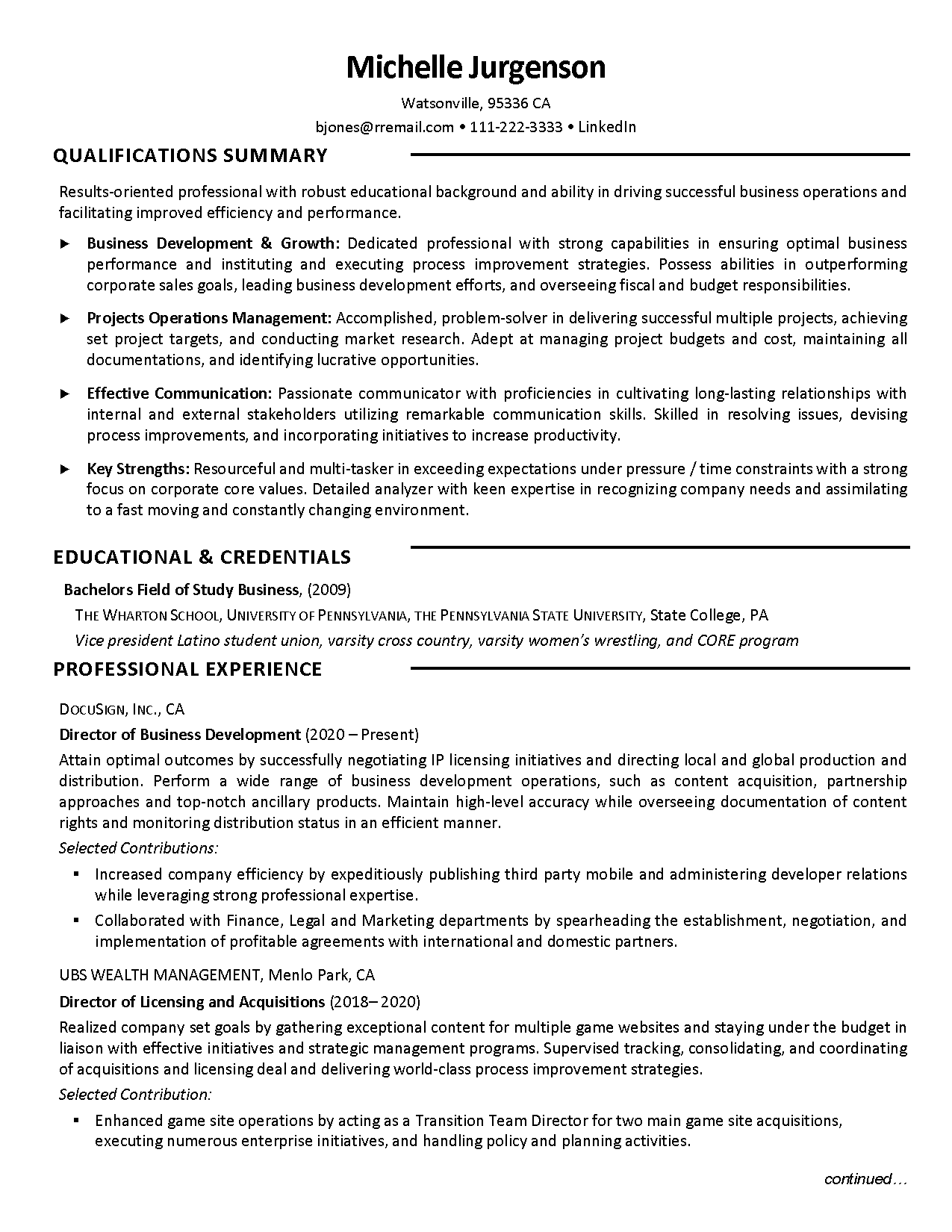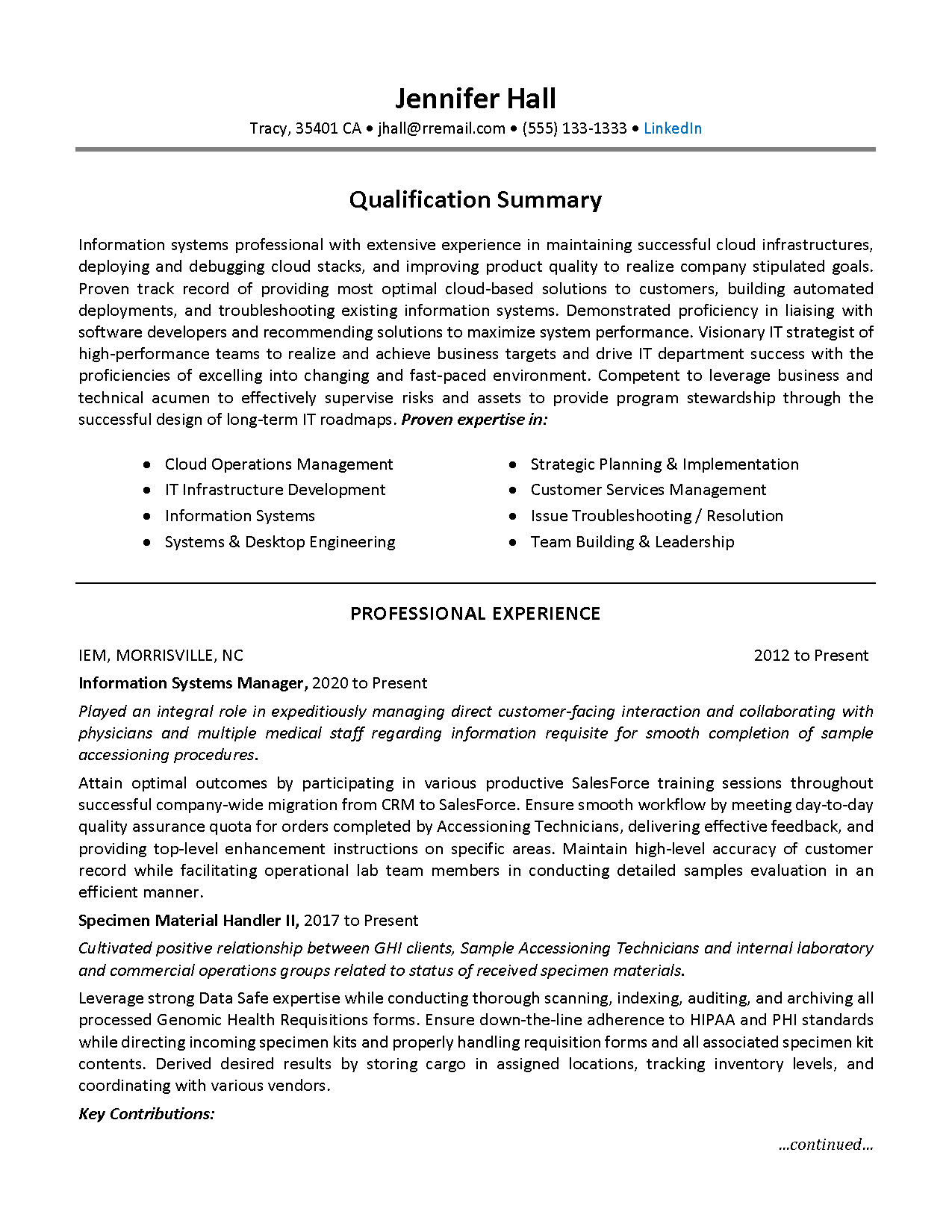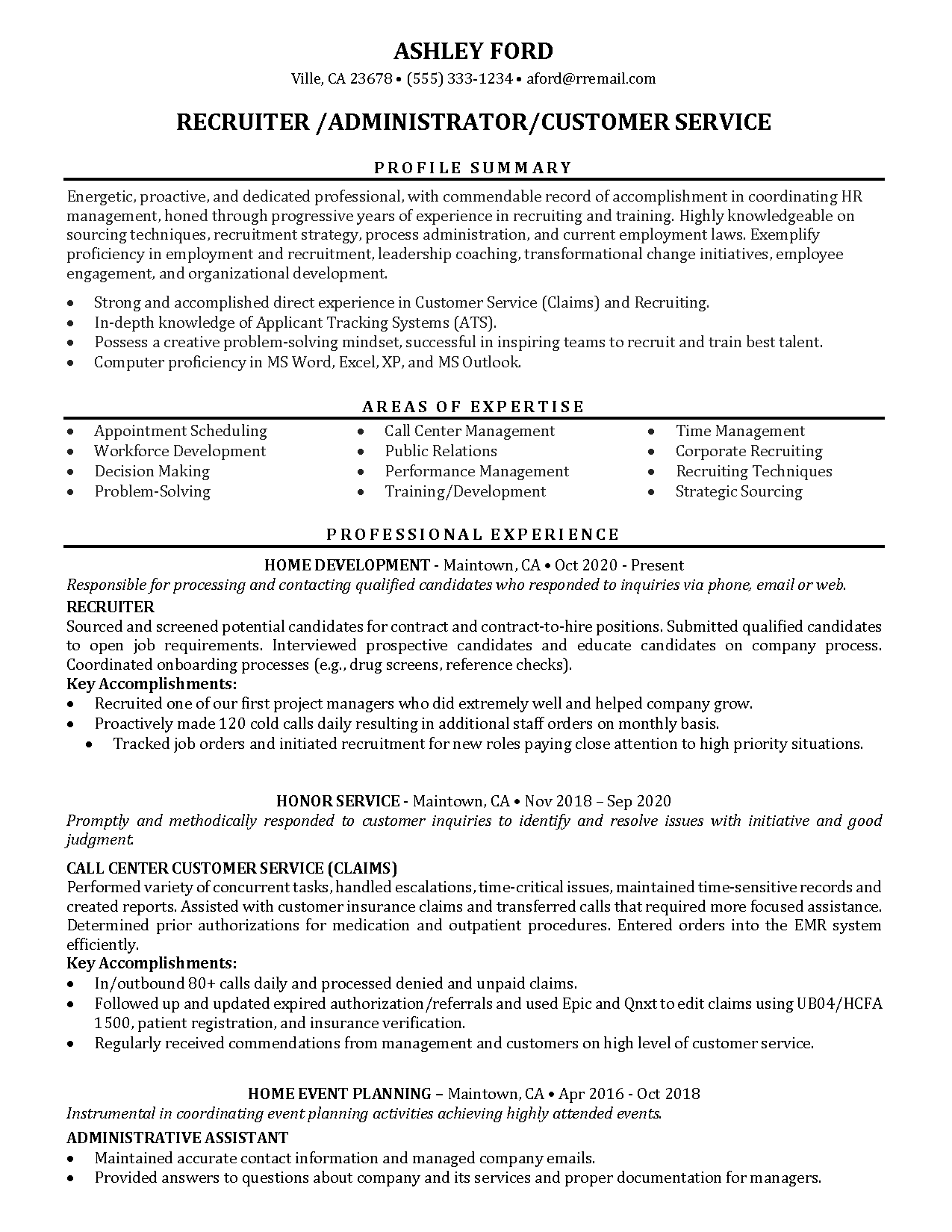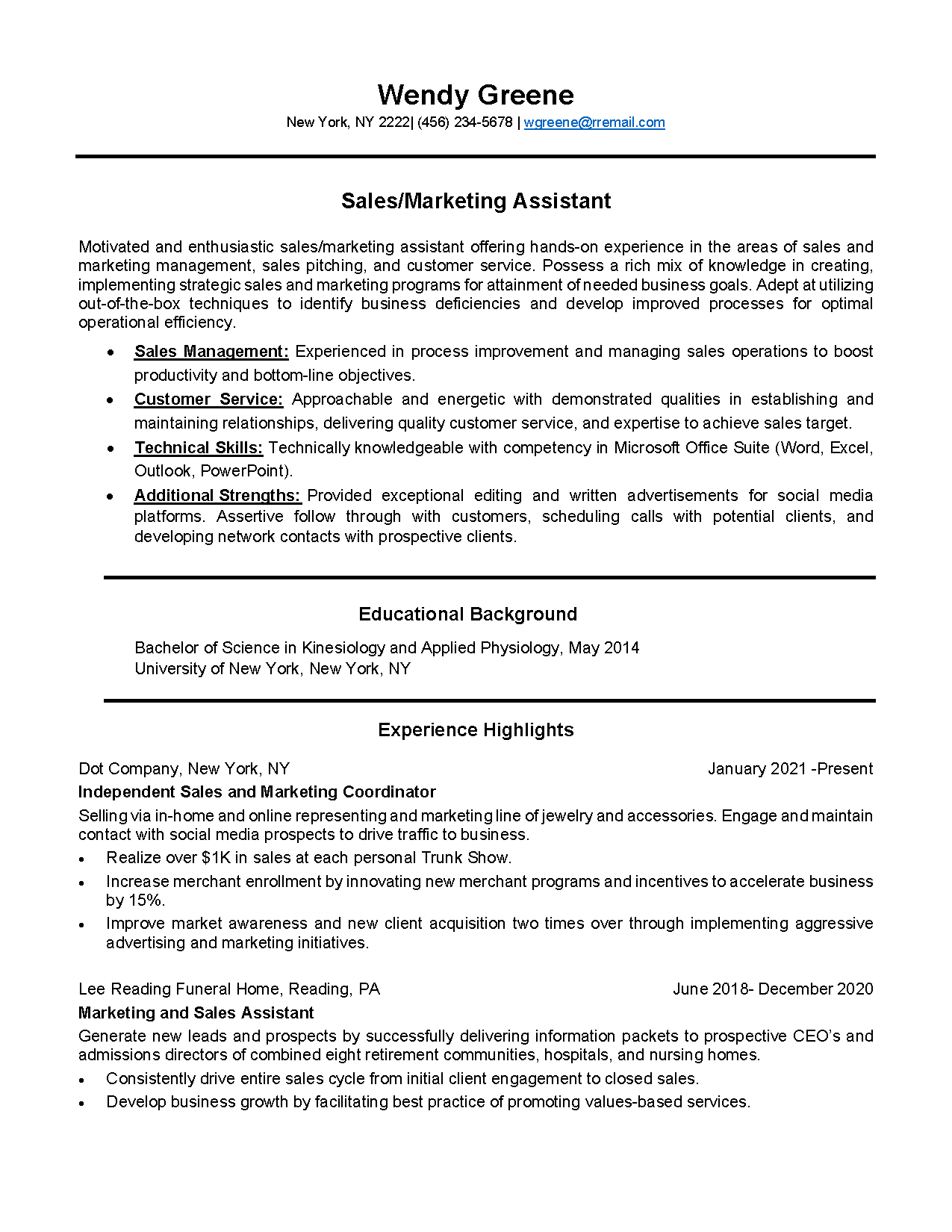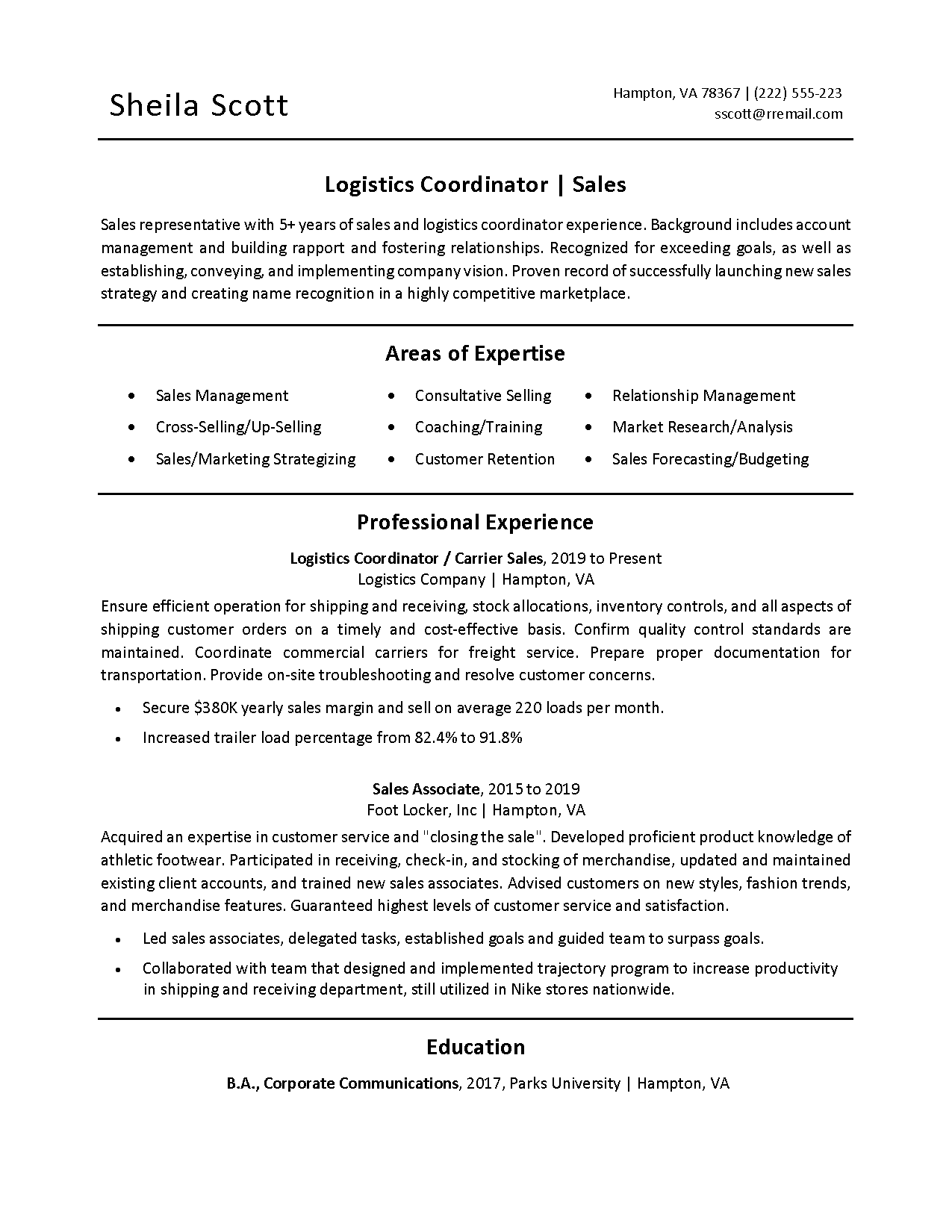
How To List Temp Work On a Resume
Are you someone who has worked in temporary or contract jobs? If so, you might wonder how to showcase your experience on your resume best. Temporary work is becoming increasingly common in today’s job market, and listing it on your resume can provide numerous benefits when it comes to impressing recruiters and landing a job.
In this article, we’ll explore the benefits of temporary work and provide tips on listing it on your resume to highlight your skills and experience. We’ll also provide expert advice on how to turn your part-time position into a full-time job and improve your resume appearance to increase your chances of success in your job search.
Why You Should Include Temporary or Contract Jobs on Your Resume
Including temporary or contract jobs on your resume can be beneficial. They provide a unique professional experience and the opportunity to learn and improve new skills.
Listing temp jobs on your resume can demonstrate your adaptability and flexibility to potential employers. Include the job title, employer’s name, position, temporary label, period of employment, duties, and accomplishments. If you worked through a staffing agency, include the staffing agency’s name and location, period of collaboration, connection to a staffing agency, and details about your employment.
Personal accomplishments are impressive, so use quantitative metrics to describe them. Tailor your resume to each job application and only include relevant temporary experience.
How to List Temporary or Contract Work on Your Resume
You can effectively demonstrate your value to potential employers by emphasizing your achievements and results, using numbers and statistics to quantify your impact, and focusing on transferable skills gained from these positions. It’s crucial to avoid gaps in your work history and to showcase your ability to adapt to different work environments.
Include the employer’s name and the dates of employment, and use words such as ‘temp’ or ‘contract’ next to your job title to explain the short-lived employment. To make your temporary job experiences stand out, list important tasks performed during these positions and use numbers to provide a clearer picture of your impact.
When grouping multiple temp jobs, use the staffing agency as the employer and include a blurb explaining the types of assignments you accepted during your temp work.
By effectively listing your temporary roles, you can impress hiring managers and fill gaps in your employment history, ultimately increasing your chances of landing a job.
How To Make Your Temporary Work Look Impressive
Are you looking to impress potential employers with your job history? When listing temporary work on your resume, it’s crucial to make it look impressive.
One way to impress hiring staff is by using bullet points to highlight your primary duties and achievements in each temp job. Instead of just listing your responsibilities, focus on the results you achieved and quantify them with numbers and statistics whenever possible.
Another tip is to use consistent formatting for your temp jobs. Whether you list them separately or group them, include the employer’s name, the job title (with a temp or contract label), and the start and end dates in month and year format.
Use action verbs to describe your job duties and accomplishments, highlighting transferable skills you gained from your temp work. By tailoring your resume to each job and industry, you can show employers that your temporary work experience is relevant to their needs.
Don’t forget to proofread and edit your resume carefully. Use keywords and phrases from the job description to help your resume pass the applicant tracking system.
Instead, please focus on the positive references and recommendations you received from your temp jobs, and use them to showcase your value to hiring staff.
With these tips, you can make your experience look impressive and increase your chances of success in your job search.
How To Put a Temporary Job on a Resume in 6 Simple Steps
When listing a temporary job on your resume, it’s essential to indicate your employer, specify the position you held, and place a ‘temporary’ label on the position.
You should also state the period of employment and list your duties. This information helps potential employers understand your previous experience and how it may relate to the job you’re applying for.
Make sure to use active voice and contractions to keep your writing engaging.
Indicate Your Employer
You must indicate the employer you worked for by including their name and location on your resume. This information helps potential employers understand the context of your temp positions and properly list them in your employment history.
Including the start and end employment dates of your temp work on a resume is crucial, as this shows the duration of your employment and helps fill in any gaps in your work history. If you worked in multiple temp jobs through an employment agency, grouping your temp jobs and listing the agency name as your employer is recommended. This makes it easier for recruiters to understand your employment opportunities and the types of assignments you accepted during your contract work on your resume.
It’s crucial to present your employment history. By including the employer’s name and location, start and end dates, and grouping your temp positions if necessary, you can effectively showcase your experience and demonstrate your adaptability and flexibility as a professional.
Remember also to highlight your accomplishments and results during your temporary work. This will help you stand out and position yourself as an achiever rather than just a doer.
Specify the Position You Held
Highlighting the position you held during your temporary employment is crucial when listing temp work on your resume. This information gives potential HR staff a better idea of your experience and skills.
Be sure to specify the exact positions and tasks you performed. If you worked for an employment agency, include the name of the agency and the specific roles they placed you in.
Include your temporary employment’s start and end dates to make your resume more convincing. This information helps recruiters understand the duration of your work and the experience you gained during that time.
Place a “Temporary” Label on the Position
Make sure you label your temp jobs as such on your resume, emphasizing the transient nature of the job and showing your flexibility and adaptability as a worker.
Use keywords such as contract work and short-term jobs to clarify to potential employers that you held a short-term position. If you were a receptionist or held another position that typically requires long-term employment, include the temporary label so recruiters don’t think you left the job abruptly.
If you worked with an agency, list the agency’s name and location, highlighting your connection to the agency and the period of collaboration.
Labeling your temp position can also show that you are willing to take on different roles and responsibilities, a valuable trait in today’s job market. Employers want to see that you can adapt to different environments and succeed in various positions.
By demonstrating your flexibility and adaptability, you can stand out from other candidates and increase your chances of landing the job.
State the Period of Employment
It’s important to state the period of your employment clearly and consistently. This means including the month and year to provide a visual timeline of your experience.
Using the same format throughout your resume is vital to avoid confusion.
Not only does stating the period of your employment provides a clear timeline, but it also shows that you have experience working on a temporary basis. This can be especially important for contract positions or when seeking temporary employment.
List Your Duties
When listing your duties, use action verbs and quantify your achievements with numbers. This will help potential employers understand the scope and impact of your work.
Additionally, highlight any professional skills you gained during your previous roles, such as communication, problem-solving, or technical expertise.
By listing your duties in a clear and concise manner, you can make your temporary work background an asset.
Highlight Your Achievements
By showcasing your achievements in temporary positions, you can effectively demonstrate your value to potential employers and stand out from other candidates vying for the same position. Use numbers to quantify your achievements, such as increasing sales by a certain percentage or completing a project ahead of schedule. This shows that you were successful in your temporary role and highlights your ability to produce tangible results.
When listing your temp jobs, it’s crucial to put temp work in a positive light. Instead of just listing your duties, focus on how you made a difference in the company or organization. You may have had to adapt quickly to new environments and tasks as a temporary worker, demonstrating your flexibility and resilience.
By highlighting your achievements in temporary staffing, you can show a potential recruiter that you are a valuable asset to any team, regardless of the length of your jobs.
Conclusion
Including temp work on your resume can demonstrate your versatility, adaptability, and work ethic to potential employers.
By highlighting the skills and experiences gained from temporary work, you can fill gaps in your employment history and improve your chances of landing your dream job. Remember to tailor your resume to the job you’re applying for and emphasize the most relevant skills and experiences.
Use action verbs and quantifiable achievements to showcase your accomplishments. And don’t forget to proofread and edit your resume for errors and clarity.
As the saying goes, “You never get a second chance to make a first impression.” Your resume is often the first impression you make on a potential employer. By incorporating these tips and tricks, you can make your temporary work experience shine and stand out.
Best of luck in your job search!


